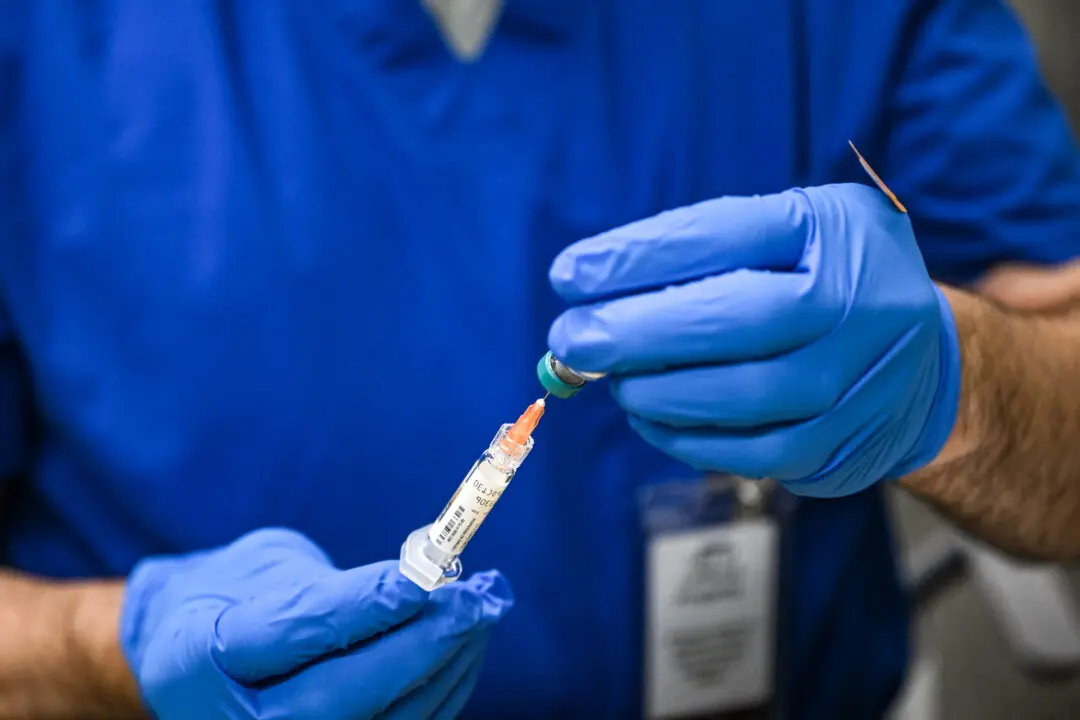The devastating “red tide” in Florida has been killing tons of wildlife and keeping locals and tourists out of the water.
The toxic algae bloom has wreaked havoc across the state’s southern Gulf Coast, making it dangerous to swim and leaving a number of dead sea turtles, fish, and dolphins.





